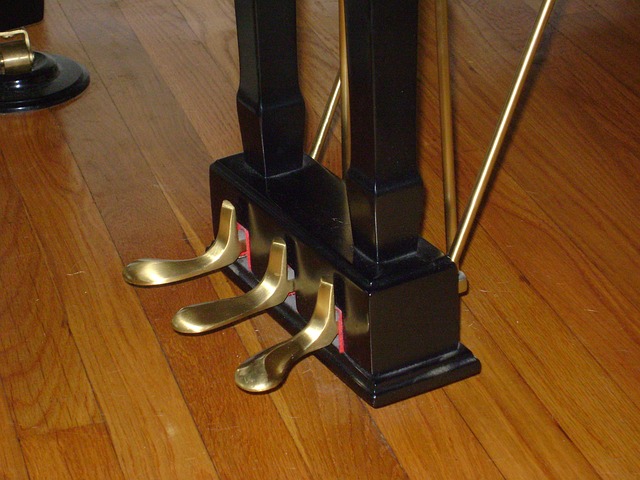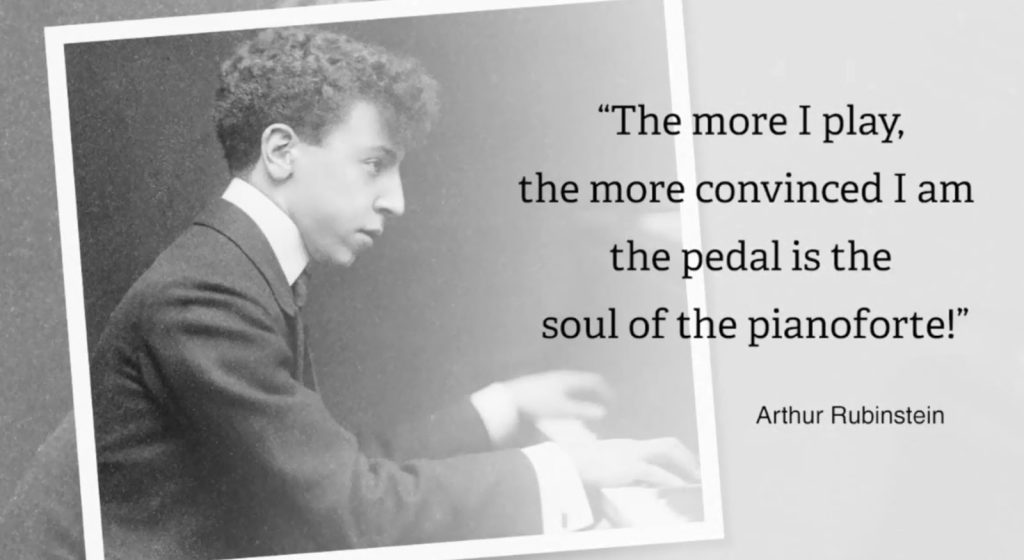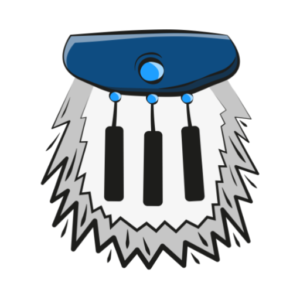Today I want to talk about how we can use pedalling on the piano in a way that isn’t covering up gaps in technique.
It’s easy to use the pedal as a crutch. You’ll never get your music truly the way you want it if you use the pedal to cover gaps.
The problem is, a lot of people quickly give in when trying to practice without the pedal. Music sounds a little dry and there can be periods of silence that we don’t want. However, stick with some of today’s principles and your music will have more soul behind it.

Just to be clear, the pedal I’m talking about today is the sustain pedal. The one that you can see on the right. It doesn’t matter if you’ve 2 or 3 pedals on your piano, it’s always the right. If you have a digital piano you may only have one pedal. In that case…. that’s the sustain pedal.
Anyway, here are a few things to think about.
Play, up, down
Listening closely to the piano
Don’t always push the pedal to the floor
Let’s dive in.
Tip #1: Play, Up, Down
When I talk about refreshing the pedal I mean letting it up to dampen the strings then putting it back down.
We need to be careful when this is done. Release it too early and you will get a stunned silence. Release it too late and you will get a mushy sound.
Generally, after the first pedal in your piece, pedalling is a three step process.
Play your note or chord
Lift the pedal
Press the pedal
Timing is tight which leads me on to my next point.
Tip #2: Listen to the Piano
You need to know what ‘bad’ pedalling sounds like. Push the pedal down all the way and play through some music. Don’t release the pedal.
The chances are things will start to sound muddy or wishy washy (I’m sure there’s a technical term).
Once you know how it sounds, avoid it in the future. If you start to hear overlapping notes or chords that don’t belong together you need to work on your pedal.
Try to clear the pedal by lifting it all the way up. If you don’t then you won’t stop the previous notes from singing and there will be a clash of sound.
Tip #3: Don’t always push the pedal to the floor
If you have an acoustic piano, or a really good digital piano, you don’t always have to push the pedal all the way down. The pedal lifts dampers off the strings in the piano which allows them to vibrate longer.
If you push the pedal down a little it releases the dampers slightly but the strings can still vibrate a little.
Try just playing one note or chord. Push the pedal down all the way to the floor. Then, release the pedal. Play the note or chord again but this time only push the pedal down half way and listen to the difference.
This works better with acoustic pianos so you may not hear a huge, or any, difference on digital pianos.

In Summary
Don’t just put your foot down like some dodgy young driver in a loud car. Experiment with the pedal to create more colour in your music.
If you think there’s a problem with your technique then address that before adding pedal.
If you’re looking for books to help with your pedalling then have a look at Pedaling – Colors in Sound to get started. If you’re an intermediate player then check Artistic Pedal Technique: Lessons for Intermediate and Advanced Pianists (affiliate links).

